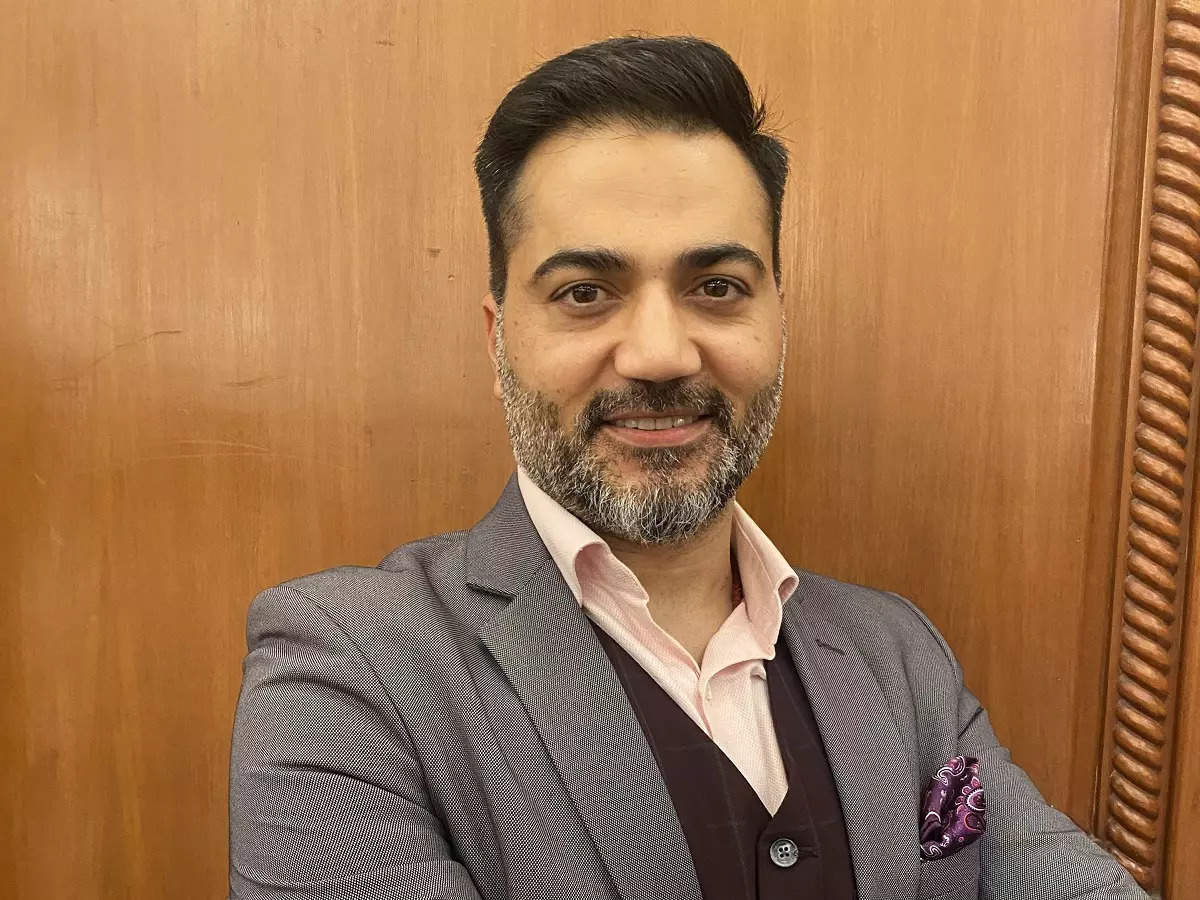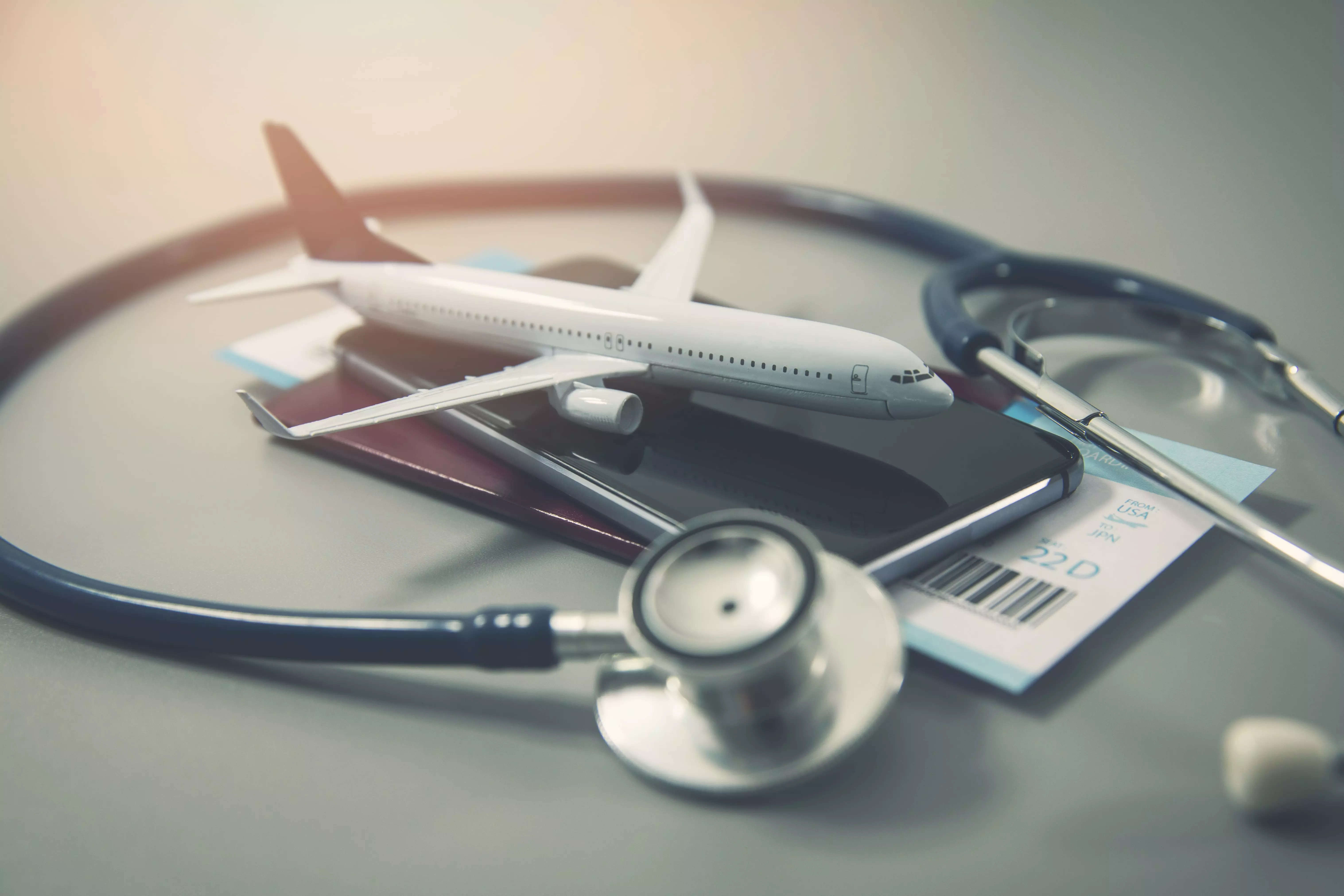
In recent years, India has emerged as a hub for Medical Value Tourism, attracting patients from around the world for high-quality medical treatments at a fraction of the cost in their native countries.
As an industry, the medical tourism sector anticipates supportive measures from the upcoming budget. The budget is anticipated to acknowledge and support this growing sector. Financial incentives, streamlined visa processes for medical tourists, and investments in healthcare infrastructure, promoting alternative healthcare services, addressing mental health, and fostering public-private partnerships are some of the key expectations.
The budget must focus on the digitisation of health initiatives, support domestic production across APIs, formulations, and medical devices, an foster programmes to support local research.
The Indian healthcare sector has witnessed a remarkable growth of 22 per cent CAGR from 2016 to 2023, reaching a valuation of USD 350-400 billion. Driven by a population of 1.4 billion and the countless patients who travel to India for healthcare and wellness,
The hospital sector in India was valued at INR 7940.87 Bn in FY21 in terms of revenue & is expected to reach INR 18,348.78 Bn by FY 2027, growing at a CAGR of 18.24 per cent.
With the groundwork laid to position Indian as a medical and wellness hub in the global market in the previous years, the union budget is expected to have major allocation for the travel and tourism sector including medical value tourism:
Creating Inclusive Healthcare Beyond Metros:
The industry is expecting focus on an inclusive healthcare system that reaches beyond metropolitan areas. The upcoming budget should allocate increased funds to the healthcare industry, specifically targeting accessibility and affordability in tier II and tier III cities. Measures such as tax reforms, a more supportive GST structure, a focused framework for healthcare insurance, medical supplies, telemedicine, and localised medical tourism can help the sector further grow.
This also includes the need for an enhanced healthcare infrastructure, especially in non-metro cities. The industry expects the government to prioritise infrastructure development in non-metro areas, emphasising its potential benefits for local communities and the broader improvement of global healthcare services.
Investing in Training and Development:
Tourism including medical value tourism is one of the biggest contributors to the GDP of the country at 10 per cent. It is a sector that accounts for thousands of jobs. With the advent of new silos in this industry including rehabilitation, wellness, unani, ayurveda, interpreters, advanced medical equipment and treatment, client serving etc, it is important to allocate funds for training and development programs for healthcare providers, including doctors, nurses and the other tertiary services as well. Recognising the pivotal role the industry at large plays in delivering quality care, including pre-treatment and post-treatment services, the industry believes that investing in their skills will contribute to better healthcare outcomes.
Focus on R&D, Infrastructure, and NCD Prevention:
In a broader context, healthcare leaders stress the need for increased allocations to research and development, infrastructure upgrades, and non-communicable disease (NCD) prevention. India’s healthcare spending is at a modest 1.8 per cent of GDP as compared to the global average of 6 per cent. The interim Budget is an opportunity to address this gap, potentially increasing allocations to 2.5 per cent of GDP, as recommended by the NITI Aayog. Encouraging private sector participation for faster infrastructure development aligns with the ambitious goal of ensuring universal healthcare accessibility.
Indigenisation of Healthcare Services: In the fiscal year 2023 budget, the Ayush ministry witnessed a 20 per cent increase, reaching a total allocation of INR 3647 crore. This financial boost acknowledges the effectiveness of indigenous holistic treatments, especially through Ayurvedic facilities. In addition to cost-effectiveness, these traditional therapies can position India as an attractive destination for medical tourism. Focus on enhancing and promoting these will ensure our inclusion as a global leader in medical value tourism.
Digital Transformation:
In an increasingly digital world, the travel and tourism sector must keep pace with technological advancements. The budget could introduce initiatives to accelerate the digital transformation of the industry, including online booking platforms, a digital repository of healthcare services, virtual tourism experiences, and the integration of digital health records for medical tourists.
Financial Incentives for the Tourism Industry:
One of the key expectations is the introduction of financial incentives to boost the tourism industry, which I turn would help the medical tourism industry as well. This could include tax breaks, subsidies, and other forms of financial support for travel agencies, hotels, and other entities involved in the sector. The goal is to stimulate domestic tourism and attract international visitors. Expectations are high for the budget to include measures promoting sustainable tourism practices as well. This could involve incentives for eco-friendly accommodations, initiatives to preserve natural habitats, and campaigns to raise awareness about responsible tourism among travellers and overseas patients.
As the Union Budget 2024-25 takes centre stage, the healthcare industry’s expectations resonate as a call for transformative policies and increased investments for a more resilient, accessible, and innovative healthcare ecosystem.
The author is the Founder & CEO of Global Care, leading medical value travel company.
Disclaimer: The views expressed are solely of the author and ETTravelWorld.com does not necessarily subscribe to it. ETTravelWorld.com shall not be responsible for any damage caused to any person/organisation directly or indirectly.
[ad_2]
Source link

In the past few years, India has seen a significant rise in medical tourism, with a clear upward trend in the number of medical tourists. The influx of medical tourists to India has grown steadily from 1.83 lakh in 2020 to 5.04 lakh in 2023 (till October).
In the past few years, India has witnessed a steady increase in medical tourism, as indicated by the rising numbers of medical tourists arriving in the country, stated Union Minister for Culture, Tourism and DoNER, G. Kishan Reddy. In 2020, the count stood at 1.83 lakh, which surged to 3.04 lakh in 2021, followed by a substantial increase to 4.75 lakh in 2022. Notably, the trend continued upward in 2023, reaching 5.04 lakh by October.
To support this burgeoning sector, the Government of India has taken substantial steps, according to data from the Ministry of Health and Family Welfare. A USD 14.8 billion loan injection has been announced, aimed at bolstering infrastructure. Additionally, financial aid in the form of working capital and personal loans has been extended to revive tourism-related businesses post the pandemic setback.
Focusing on healthcare infrastructure, major players like Apollo Hospitals, MAX Hospitals, ASIAN Hospitals, SHALBY Hospitals, Fortis Hospitals, and the Manipal Group are spearheading initiatives to establish cutting-edge medical facilities in tier-II and tier-III cities. This development is making advanced medical procedures, such as dental implants and cosmetic surgeries, accessible in these cities, challenging the notion that such treatments were limited to larger urban centers due to distance and time constraints.
The National Accreditation Board for Hospitals & Healthcare Providers (NABH) plays a pivotal role in accrediting healthcare organisations. Recognised by the International Society for Quality in Healthcare (ISQua), NABH accreditation holds international acclaim, significantly boosting India’s standing in medical tourism. Moreover, NABH also extends accreditation to Medical Value Travel Facilitators, an important segment within the medical tourism domain that was previously largely unregulated.
To further promote domestic tourism, the Ministry of Tourism revised the guidelines for the Scheme of Market Development Assistance (MDA) in November 2020. This revision aimed to expand the scheme’s scope and benefits, including provisions tailored for Medical Tourist Service Providers. Financial support under MDA for the promotion of Domestic Tourism has seen an upward trajectory, totaling INR 20,37,118 across the years 2021-24.
Over the years, significant financial aid has been provided for the promotion of domestic tourism initiatives, shared Reddy. As per the data, in 2021-22, an amount of INR 6,86,237 was released, followed by INR 7,06,668 in 2022-23. The support continued into 2023-24, with INR 6,44,213 released till mid-December, culminating in a substantial total amount of INR 20,37,118 allotted for this purpose.
Underpinning these efforts is the Ministry of Tourism’s formulation of a National Strategy and Roadmap for Medical and Wellness Tourism, disclosed Reddy, who was speaking during a Lok Sabha session.
[ad_2]
Source link



